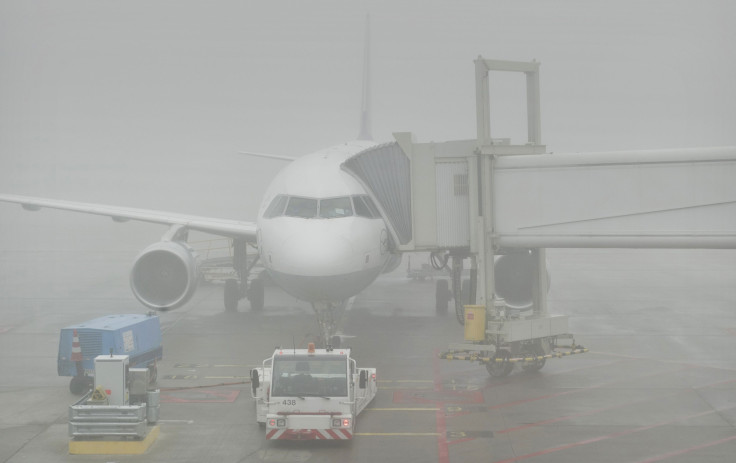Why Does Fog Cause So Many Flight Delays?

About a quarter of all departing and arriving flights out of New York’s LaGuardia Airport were delayed Tuesday, according to flight tracking service FlightAware. JFK International Airport, also in New York, and Philadelphia International Airport experienced similar delays, all thanks to that age-old culprit: fog.
Fog at #JFK & #LGA has caused disruptions in flight activity. Please check with your airline to determine your flight's status.
— EWR JFK LGA SWF (@NY_NJairports) May 19, 2015But in an age of the most sophisticated aircraft technology, when we hear commercial planes can practically fly and land themselves, why is common fog able to flummox aircraft so that airlines have no choice but to wait for a change in the weather? A little bit of fog can cause quite a lot of chaos at airports around the world, setting off a domino effect of delayed and canceled flights.
“When air traffic control can’t see the aircraft they’re directing, they have to move to a completely different set of methodologies to conduct traffic,” said Chris Herbster, director of science and technology for the Embry-Riddle Aeronautical University Weather Center. “At the airport, anything on the ground is governed literally by people looking out the window of the control tower to see what can safely occur.”
Low Cloud Cover is currently causing arrival delays for #PHL averaging 1 hr. Please contact your airline for current flight status.
— PHLAirport (@PHLAirport) May 19, 2015During limited visibility like that brought on by fog, both air traffic control and pilots relying on the “instrument landing system,” or ILS, which uses radio signals to keep aircraft safley on the correct landing path. That means planes can technically land without human interaction.
But, says Herbster, because safety standards are so high, the amount of aircraft that are processed in a given time period is dramatically decreased. If visibility is clear, a pilot can take action if something doesn’t look right. But when both pilots and air traffic control are relying on instruments to guide them, regulators don’t want to take any chances when it comes to safety.
“We don’t want anything to interfere, so we deliberately space the aircraft out. In a normal situation, you could have one aircraft on the runway while another is coming in on approaching,” said Herbster. “But when instrument landing systems are active, there could be interference with the radio beacons. So you don’t want other aircraft nearby.”
The result? Airports end up processing far fewer aircraft in an allotted time -- which means delays. Most airports on the eastern corridor in the United States operate at a very high capacity relative to their peak capabilities, and when that capacity is slashed, it creates a ripple effect in the airline schedule that slows everything down.
“It’s like if you told all the cars on a highway that they had to be spaced out twice as far as they normally are, that would slow down the number of vehicles in any given section of the highway,” said Herbster.
© Copyright IBTimes 2024. All rights reserved.











